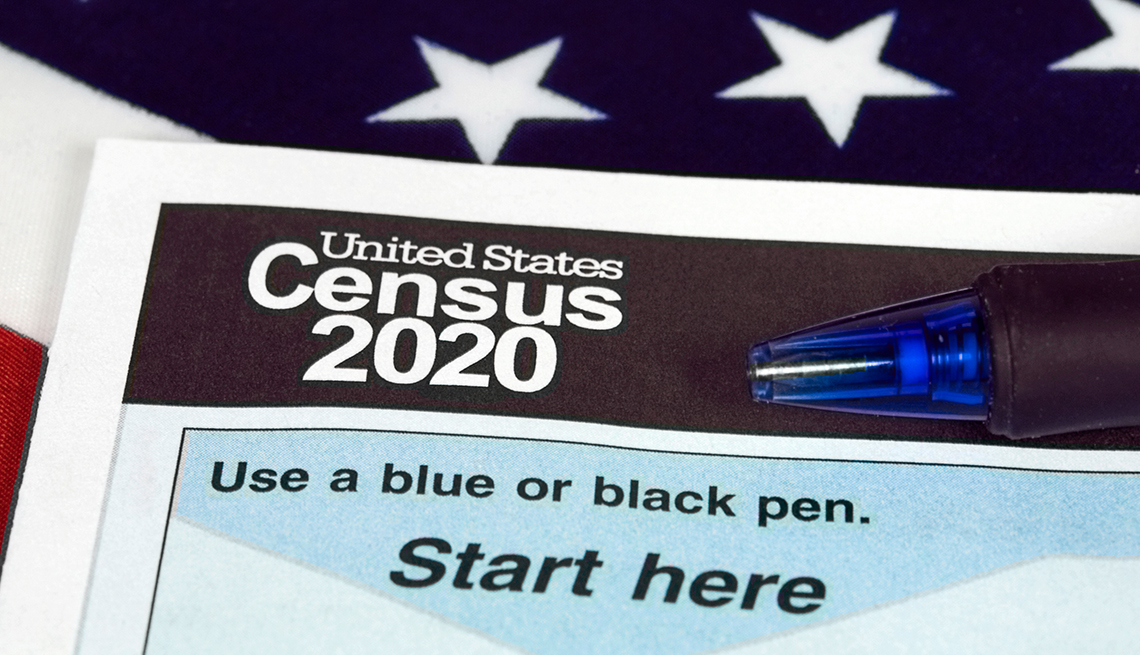Staying Fit
Older Americans have been more likely than other age groups to return their U.S. census forms and make sure they were counted.
But as the country gears up for the 2020 census next March — the first that will be completed largely online — experts say there will be challenges in getting older people to participate.


AARP Membership— $12 for your first year when you sign up for Automatic Renewal
Get instant access to members-only products and hundreds of discounts, a free second membership, and a subscription to AARP the Magazine.
A recent U.S. Census Bureau survey found that 56 percent of those 65 and older aren’t comfortable with an online response and prefer to fill out a paper census form. “The concerns over privacy and cybersecurity will have to be overcome, and those concerns are highest for those over 50,” says Steve Jost, a former Census Bureau official.
The stakes are high. In 2016, for example, more than 300 federally funded programs relied on census data to distribute more than $675 billion to states and localities. That includes funds for schools, roads and hospitals and also programs that aid older Americans, like Medicare Part B.
“Participating in the census means getting counted to determine how much federal funding comes into your community and how congressional representation is determined,” says AARP National Volunteer President Catherine Alicia Georges. “AARP members need to make sure they are not left out of this very important process.”
Georges says it is important for older Americans who don’t want to take the census digitally to know they won’t be forced to. “No one has to take the census online,” she says.
News reports about the digital transformation have raised some questions about the census. Here are answers.
How will the new census process work?
Between March 12 and 20, the majority of households will receive a postcard invitation to respond online to the 2020 census. Those who don’t answer will then receive the traditional paper form in the mail. If a household still does not respond, the bureau will send a census taker to knock on that door to collect the household’s data.
People who live in areas that the bureau has determined are most likely to lack broadband internet service will receive a traditional paper form in the first mailing. “The Census Bureau is confident that the 2020 census will be easy for everyone to participate in,” says Daniel Velez, a spokesman for the Census Bureau.


































































